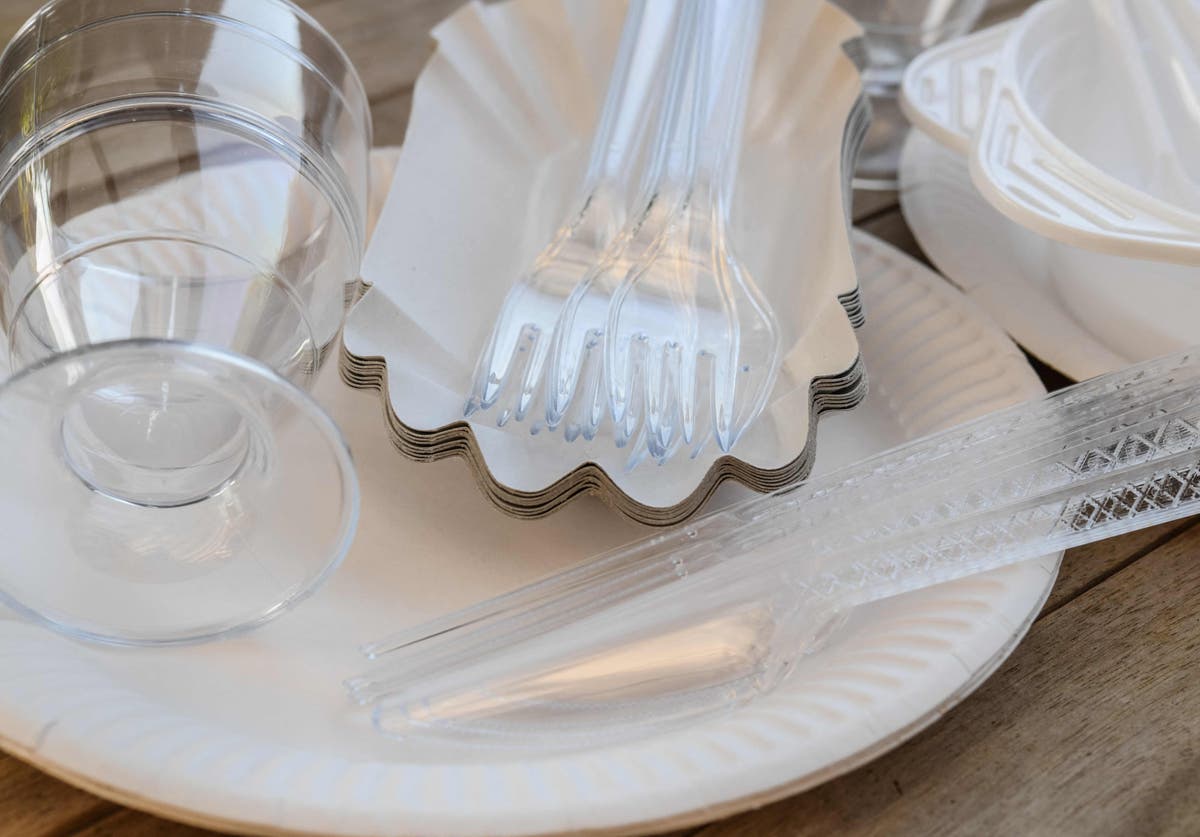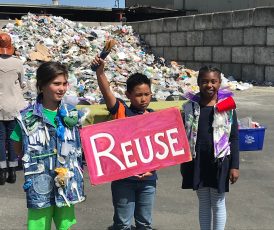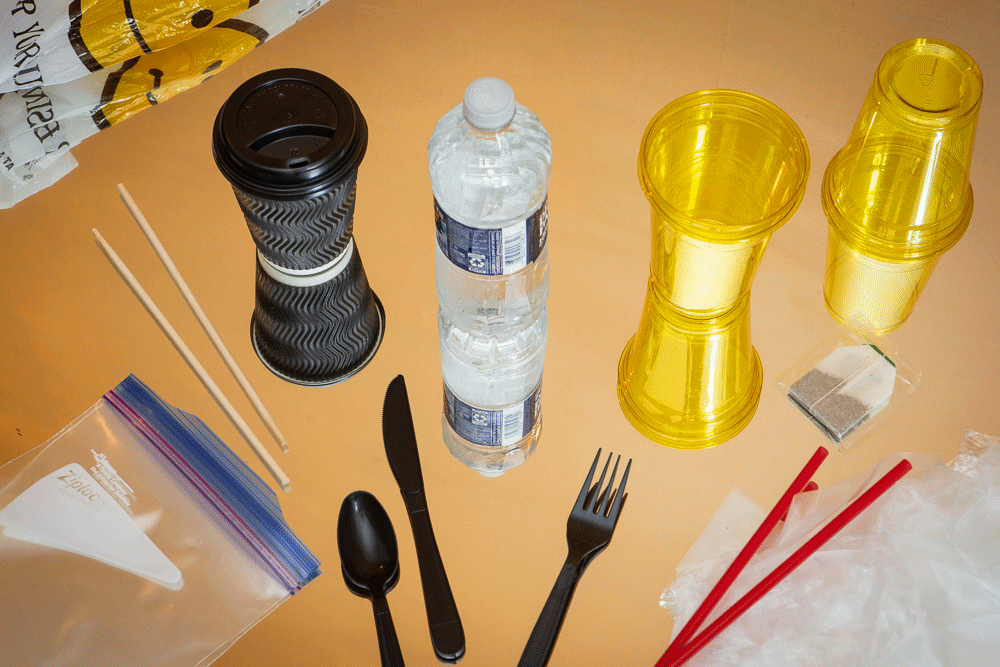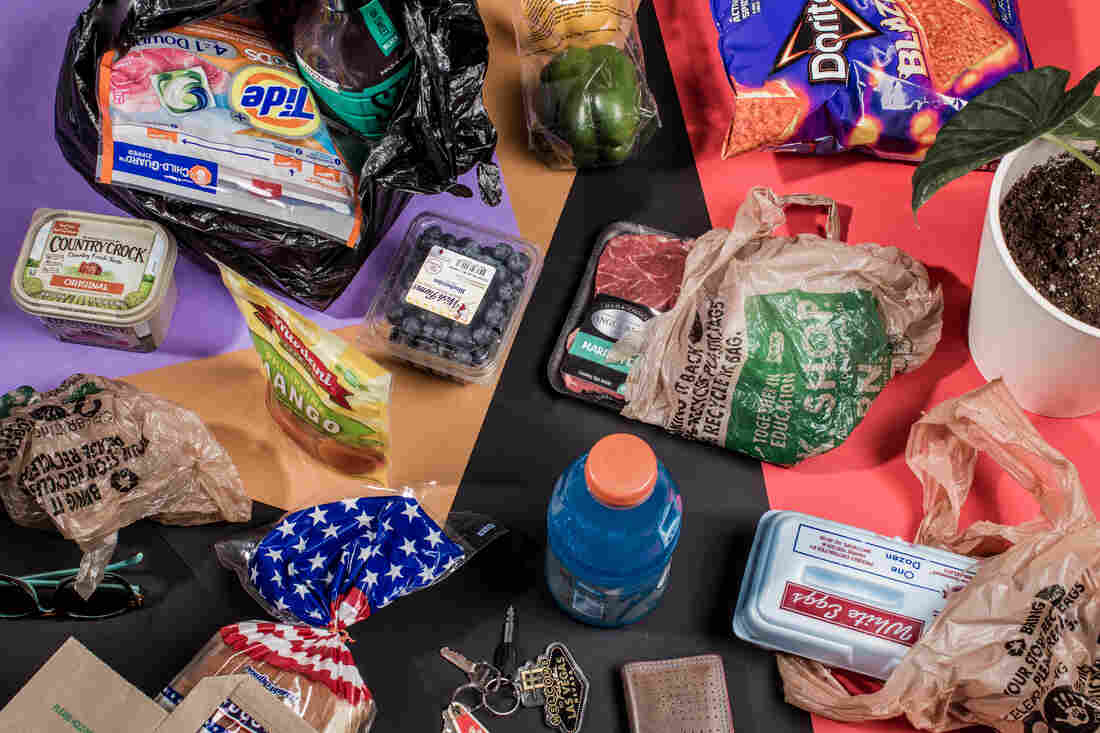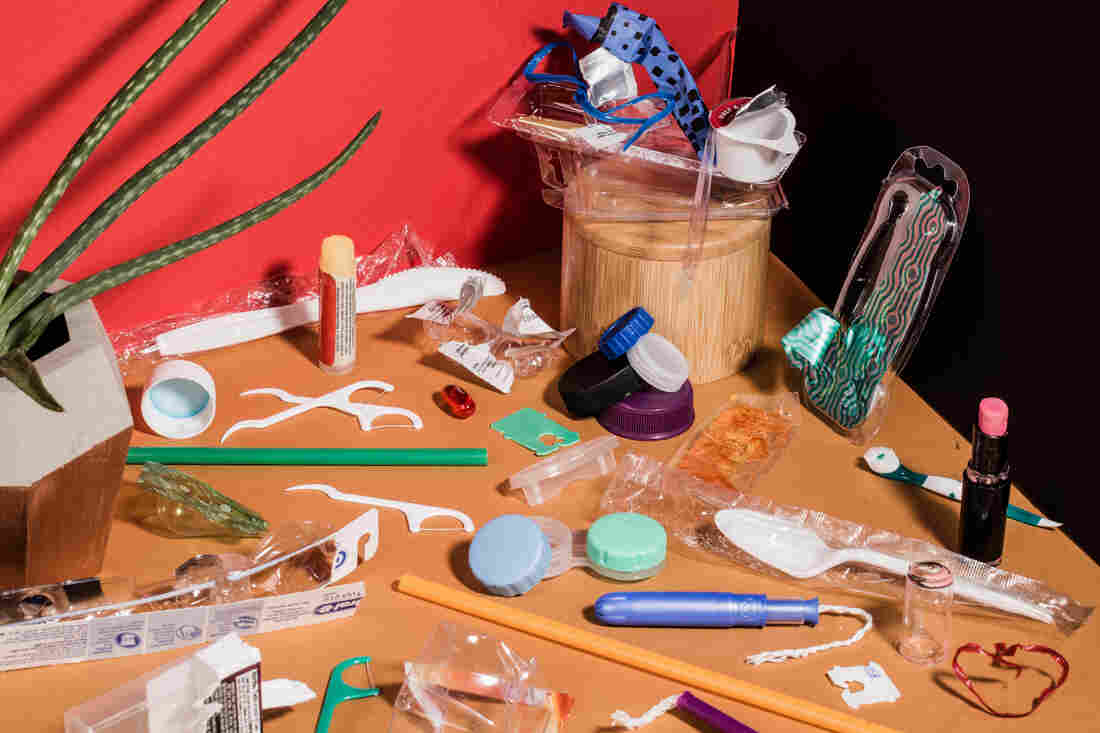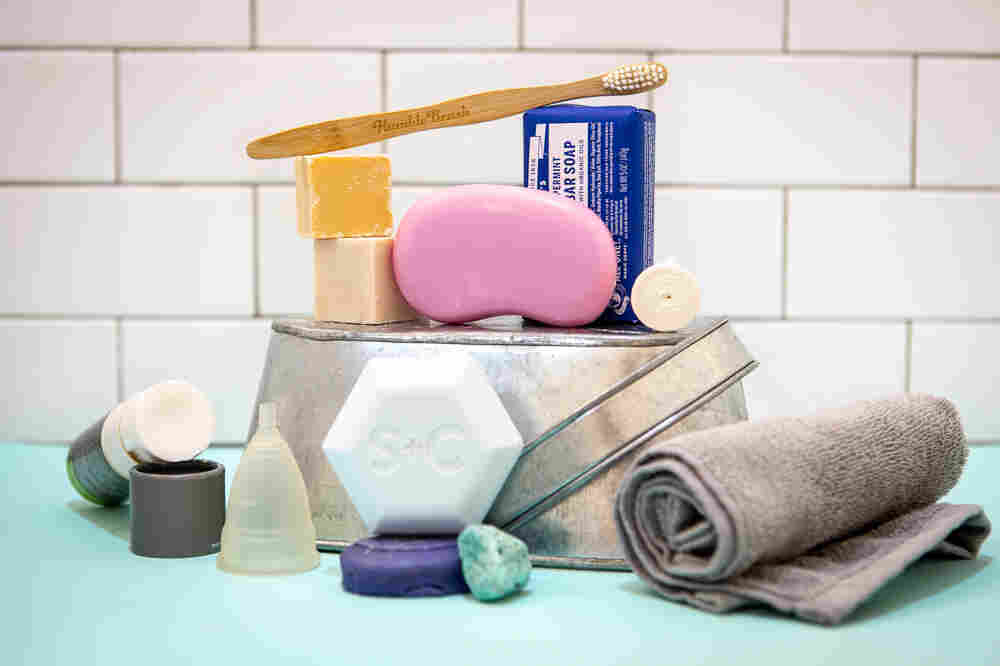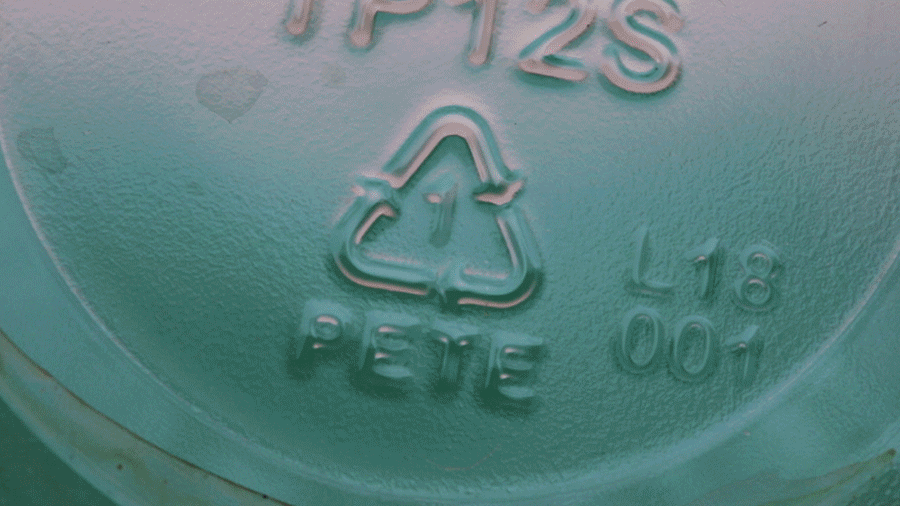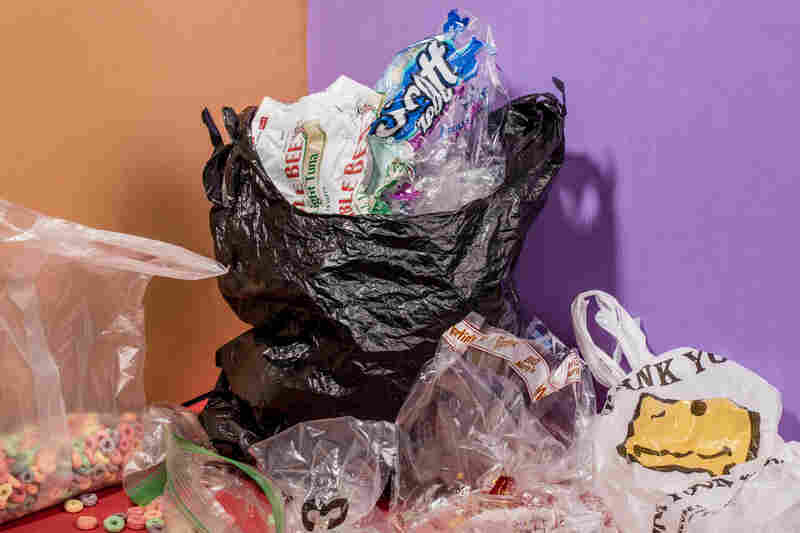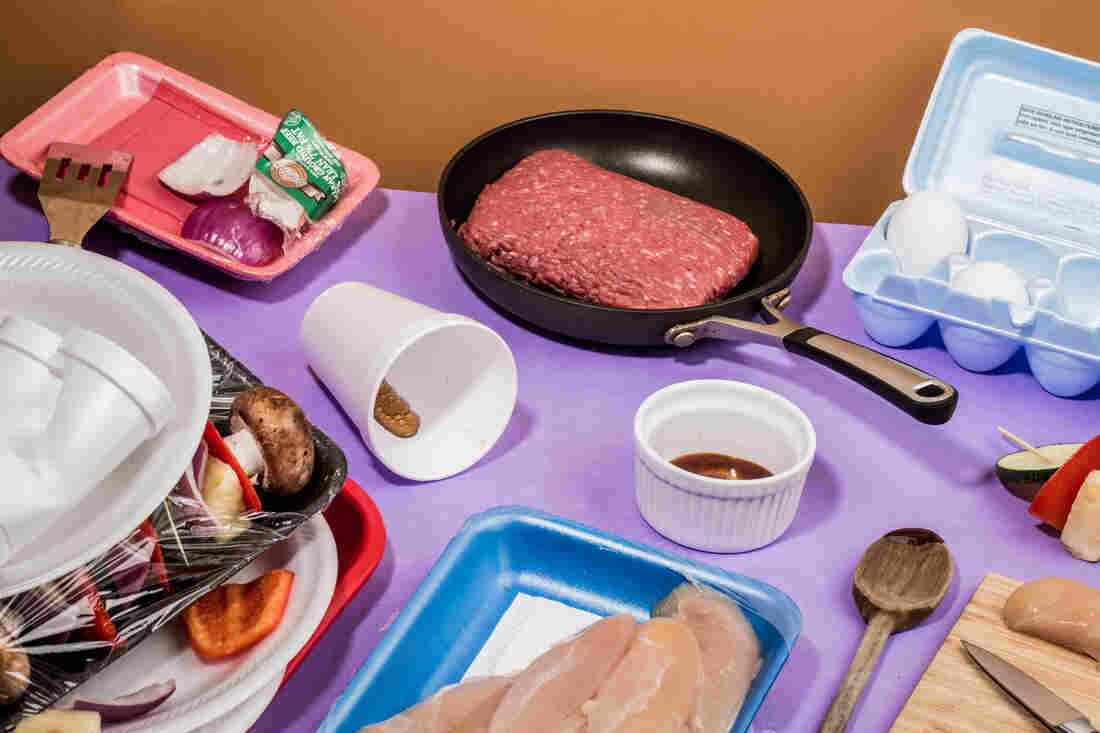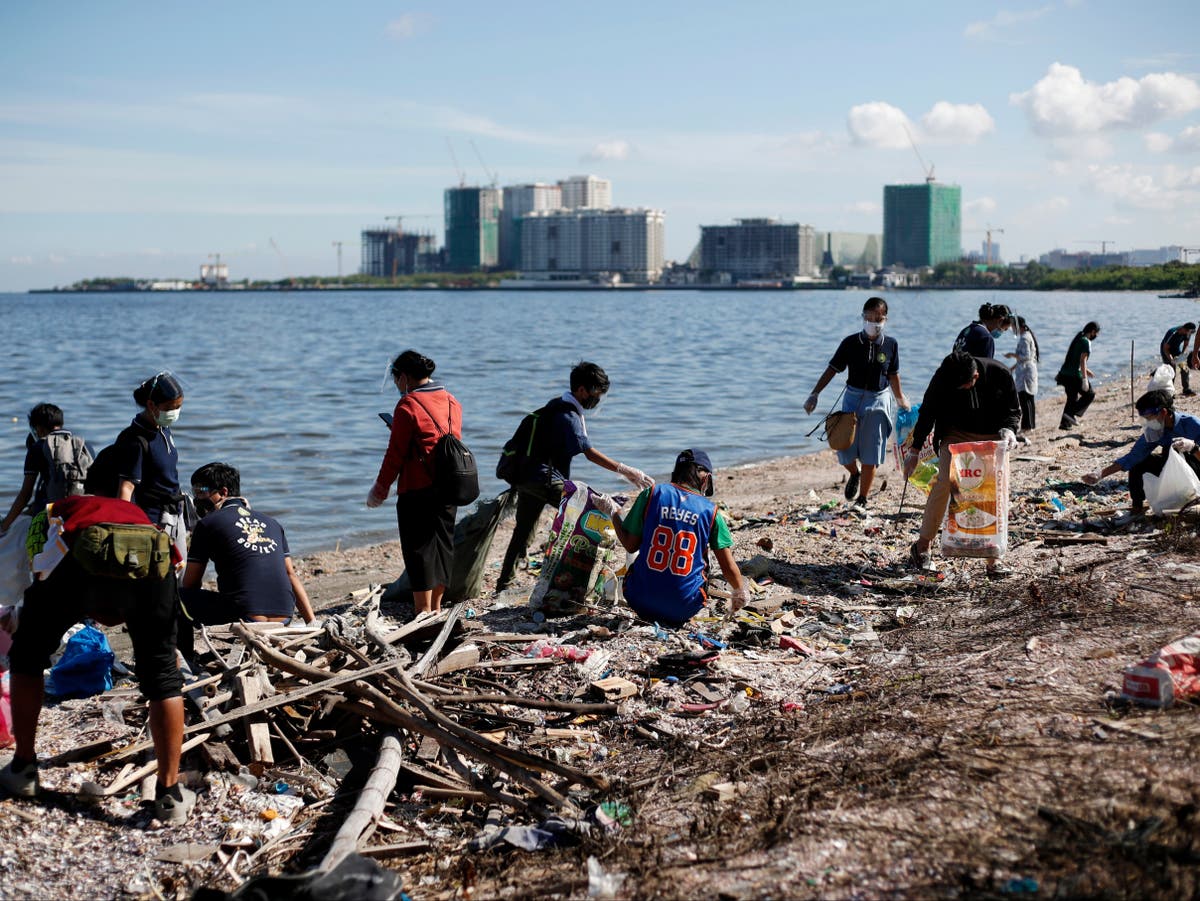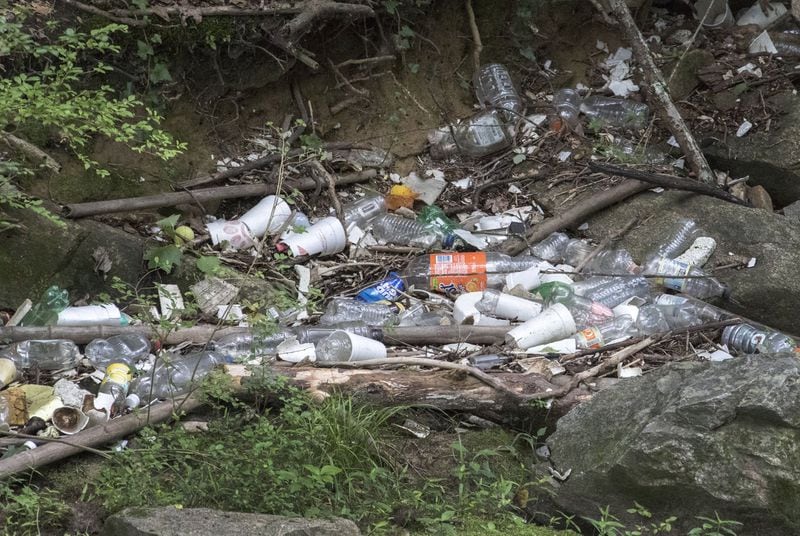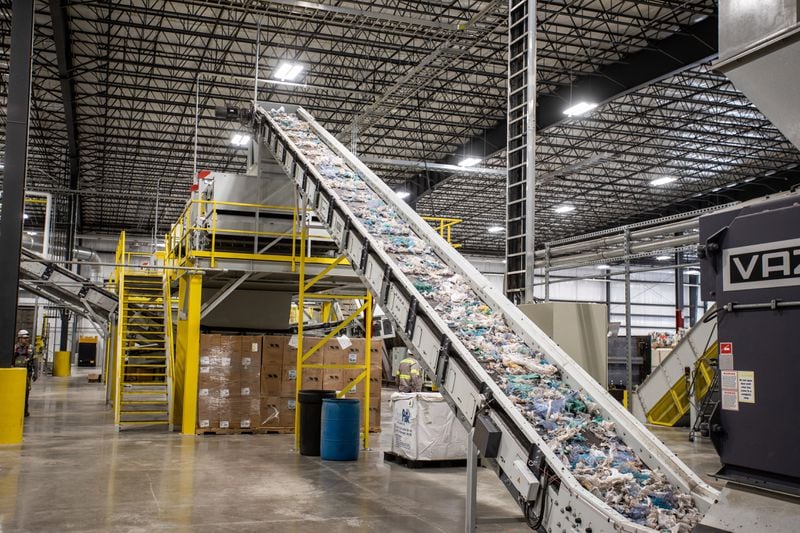MANILA, Philippines — Did you know that a single plastic bottle could take up to 450 years to fully decompose?
A lifetime of indiscriminate disposal of plastics can be detrimental to the ocean, marine life and landfills that could leak toxic pollutants to food and water systems.
Sustainable living might be costly, for now, but it pays to pay it forward. There are ways to mitigate the irreversible effects of plastic pollution, and several organizations have partnered to make it easier for the public to contribute to proper plastic disposal.
From waste to life-savers
Beauty brand Garnier, retail chain Watsons and The Plastic Flamingo launched its first ever Plastics Collection Program. The program accepts plastic donations that will be turned into eco-planks and will be used to build emergency shelters for the less fortunate.
The Plastic Flamingo is a social company based in Manila that collect and recycles plastic waste.
“We are one in pursuing our shared vision of responsible stewardship of our planet and clean beauty accessible to all. It starts with us, and it takes a global brand like Garnier and a retail giant like Watsons to get things started and take the leap towards sustainability. By partnering with The Plastic Flamingo, we are able to leverage their expertise on innovative and relevant ways of reusing plastics – like building infrastructure for emergency shelters. There’s a lot more to be done and the sustainability journey is far from over, but with these steps, we are paving the way to a brighter future” said Josteen Vega, Garnier Marketing Manager.
The brand partnered with e-commerce site Shopee with the Green Parcel partnership. The beauty brand also got its global accreditation from Cruelty Free International under the Leaping Bunny Program. The program is a globally-recognized standard for cruelty-free products in terms of cosmetics, personal care and household care.
Step into 100% recycled sole mates
Ipanema and Rider, two of the most sought-after Brazilian casual footwear brands, recently launch new products that allow you to revel in the experience of wearing everyday-appropriate footwear.
Nowadays, flip-flops and slip-ons have become the most convenient footwear choice: comfortable enough for essential outdoor runs and stylish enough for most outfits, not only are these pairs the easiest kind of footwear to disinfect, but they are also just as good to wear while staying at home.
This month, the duo releases respective collections that help the environment and allow you to be your most authentic self. Aptly named Confetti, Ipanema is overjoyed to release its first pair of flipflops 100% made of recycled materials. The Brazilian brand has always been at the forefront of promoting sustainable manufacturing in the fashion industry, creating footwear with no components of animal origin, 100% recyclable, and contains up to 30% pre-consumer recyclable materials for years—but it’s the first time they have been able to develop a product that is not only 100% recyclable, but made of 100% recyclable materials as well.
The Confetti is a thong-style flat sandal with a rounded toe, textured sole and adjustable ankle straps. A pair that comes in a gorgeous sand color with contrasting black straps, it proudly bears the brand’s signature at the bottom, with a mark that says “100% recycled.”
The company believes that fashion brands have the ability to create beautiful, wearable and durable products that are produced ethically, with a reduced impact on the environment and a lasting contribution to the welfare of their employees and the communities within which they belong.
Now available in the brand’s stores as well as online and in Bambu, The SM Store, Sports Central and Robinsons Department Stores, Confetti is just the beginning of a groundbreaking movement within the brand to create more 100% recycled and recyclable footwear jn the years to come.
‘May pera sa basura’: The circular economy of plastics
The phrase “May pera sa basura” has long been heard in the Philippines. Newspaper drives and glass bottle collection initiatives are common measures to recycle. The same process can apply to plastic packaging. The concept of the “circular economy of plastics” means that plastic is viewed as a material that can be reused, to avoid depleting natural resources. This is a concept and economic model that Mondelez Philippines supports, in line with its goals towards zero waste to nature by 2030.
According to the Ellen MacArthur Foundation, the “circular economy of plastics” means “A system in which materials are designed to be used, not used up.” The foundation works at promoting and developing this economic model. Think about it, our economy today continuously churns packaging material using irreplaceable natural resources like fuel, with the intent of making them single use. But they don’t have to be used just once. Plastic packaging can and should be recycled to avoid them becoming waste or polluting marine life. In fact, using plastic as a resource that can be recycled continuously is giving rise to industries that make a profit while preventing waste.
One such organization is Plastics by Manila Automat, a collaborative design and production studio aimed at renewing the value of recycled plastic waste by encouraging people to become modern-day recyclers. The group collects plastic waste – from bottles to sachets, and turns them into practical, usable, and creative materials for consumers to purchase. Theirs is a business that literally runs on waste.
“We started our Company based on a belief that plastic should be reused and is a valuable material,” shared Mica Agregado, Head of Designs. “Since 2019 we have sold 436 pieces of our home and fashion pieces and in the process, recycled 327 kg of plastic packaging.”
Another organization that uses waste as a resource is Green Antz Builders, an innovative product and technology development company that creates Eco-bricks and construction materials made with recycled plastic. A pioneer in the Philippines on circular economy, Green Antz has carved a niche as a green construction materials company but at the same time, are strong advocates on the use of green materials and technologies.
The company builds and runs Green Antz Eco-Hubs which are like modern Materials Recovery Facilities (MRFs) in communities. These Eco-Hubs function as plastic collection points, recycling facilities, and manufacturing hubs with a socially-inclusive model. Green Antz collaborates with surrounding communities and partner organizations in collecting plastic and running educational workshops or seminars in the communities on proper waste segregation at source. The Eco-Bricks, Eco-Casts, and Eco-Pavers produced in these facilities, coming from the plastic waste collected, are tangible outputs that the circular economy works and creates shared value across its stakeholders.
“Our Eco Products not only divert tons of plastic waste away from oceans and landfills, and repurposing them into green materials used in the construction industry, they are also uniquely designed and engineered stronger than regular hollow blocks and use less water to build into structures,” shared Rommel Benig, Founder and CEO.
“Green Antz has created a trailblazing platform for Environmental, Social, Governance (ESG) initiatives. We have built our entire business on the idea that plastic waste is a resource as valuable as paper or glass, and can be reused.” In 2020 alone, Green Antz collected and diverted close to 100,000 kgs of plastics away from landfills or oceans.
Plastics by Manila Automat and Green Antz are two of the organizations snacks company Mondelez Philippines is working with to help promote and strengthen the plastics recycling industry in the Philippines. As a member of the Ellen MacArthur Foundation’s New Plastics Economy Global Commitment, the Company globally supports the New Plastics Economy Initiative.
“We want to contribute to a circular economy where packaging material is recycled or reused, while minimizing food waste and the overall environmental impact of packaging, including on climate change,” explains Atty. Joseph Fabul, Country Manager for Corporate and Government Affairs of Mondelez Philippines. “To help achieve this, we are working to find solutions to the shared problem of packaging waste – fixing broken processes, policies and perception. These include making all our packaging recycle-ready and labelled with recycling information for consumers by 2025. We also committed to invest in waste management projects where we are present and ensure that by 2025, 5% of our plastic packaging is from recycled content.”
“The next time you hear the phrase “May pera sa basura,” think of the circular economy of plastics and how recycling can indeed change a problem into an opportunity,” ended Atty. Fabul.
Offseting plastic footprints by going cashless
Plastic Credit Exchange (PCX), the first global non-profit plastic offset program, recently partnered with Microsoft to develop a blockchain-protected credit registry. The revamped credit registry will ensure the public and relevant stakeholders that all transactions within the Exchange are secure, transparent and reliable.
Established in 2019, PCX partners with sustainably conscious businesses worldwide to responsibly offset their plastic footprints. PCX has built a wide ecosystem of partners to facilitate the recovery, transport, and processing of post-consumer plastic waste, seeking out the most environmentally sound solutions. Company pledges undergo verification via a third-party audit and are made transparent through the PCX public registry.
Founder and Chairwoman Nanette Medved-Po shared, “It is important that the credit registry is trustworthy and available to the public. By using blockchain technology to not only protect the ledger, but provide transparency around additionality and protect against double counting, stakeholders will know where and how they positively impact the environment.”
Blockchain technology has the potential to extend digital transformation beyond any organization’s boundaries and into the processes it shares with suppliers, customers and partners. At its core it is a shared, distributed, secured, immutable ledger which is connected in a peer-to-peer network.
PCX sought Microsoft as a global technology partner for a Microsoft Azure-based blockchain solution. Microsoft prototyped a blockchain-protected ledger through its Microsoft Technology Center (MTC) to provide confidence, traceability and transparency within the PCX ecosystem.
To lay the foundation for the solution, MTC configured PCX’s existing credit registry and infrastructure with Quorum Blockchain deployment on Azure by setting up permissions and providing identified user access to ledger through secure API. Improving upon PCX’s existing workflow, MTC iterated blockchain-based solution scenarios. This prototype incorporates PCX’s current processes via web application enabling the blockchain to integrate into their operations. Because the app is API-enabled, PCX can seamlessly extend their credit registry to more partners in the future.
“Our decision to partner with Microsoft went beyond finding a technology partner. We found a business partner whose sustainability goals aligned with ours and whose priorities are on finding innovative ways to tackle the plastic pollution crisis today,” said Medved-Po.
MTCs are designed to help drive business transformation by providing customers with a personalized and hands-on approach to innovation. Through MTC, customers, like PCX, are empowered to co-develop and envision solutions through proof-of-concept workshops, architectural design sessions, and exclusive access to partner technologies, among others.
“The PCX engagement with the Microsoft Technology Center (MTC) is a great example of how MTC can conduct a joint rapid prototype that helps accelerate the PCX vision to reality in a matter of weeks. This collaboration ensures the right architecture and technology are put in place to provide a solid foundation for the system,” said David Chandra, Senior Director at APAC Microsoft Technology Center.
Microsoft Philippines Country Manager Andres Ortola said, “Sustainability and humanity’s response to it is one of the greatest challenges of our lifetime — a planet-sized challenge that requires a planet-sized response. Technology can — and must — accelerate that response. Wherever it can apply our strengths as an innovation company, we are committed to bringing the full weight of our platform and technology forward. At Microsoft, we exist to empower every person and organization on the planet to achieve more — including the planet itself.”
To date, PCX has enabled the removal of more than 18 million kilograms of plastic waste from the environment. Companies such as PepsiCo Snacks, Wyeth Nutrition, Century Pacific Food, Colgate-Palmolive and NutriAsia have pursued Plastic Neutrality in the Philippines, while Nestle Philippines, PepsiCo Vietnam, Unilever Philippines, and Mayora Vuono Trade and Marketing Services Corporation have purchased plastic offsets from PCX. In addition to addressing the environmental goals of programs, PCX also focuses on socio economic benefits of interventions on communities. Livelihood development, infrastructure support, behavioral change and empowering women help to support a global movement away from waste and into a more circular economy.
